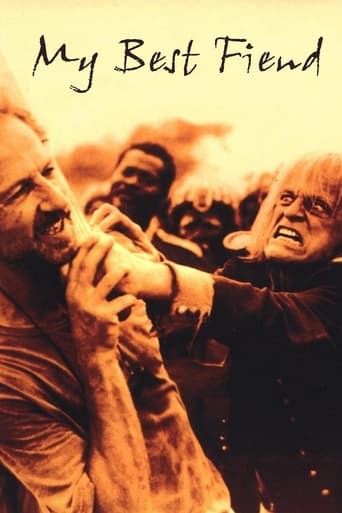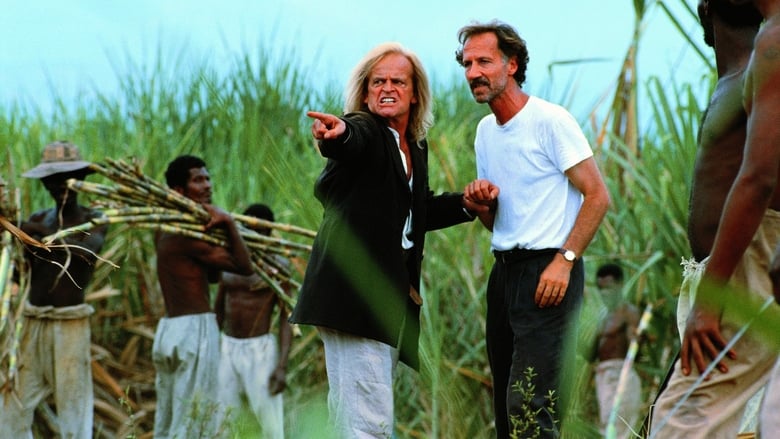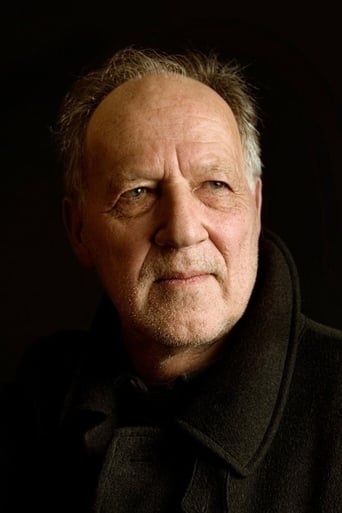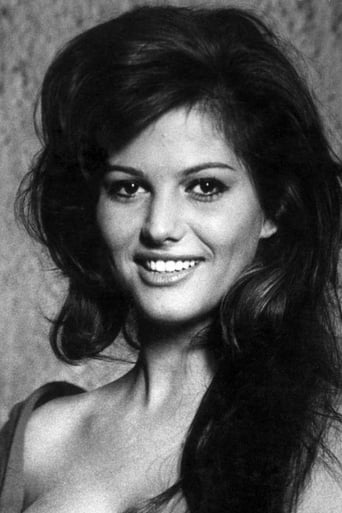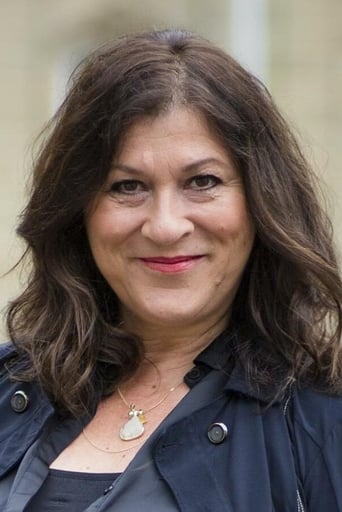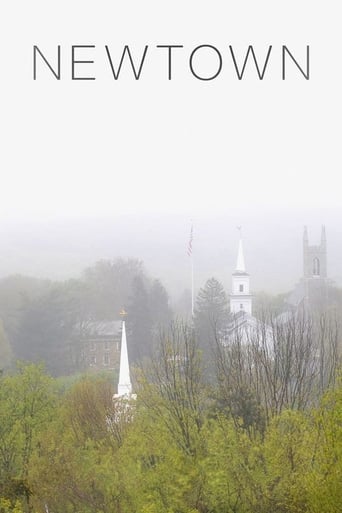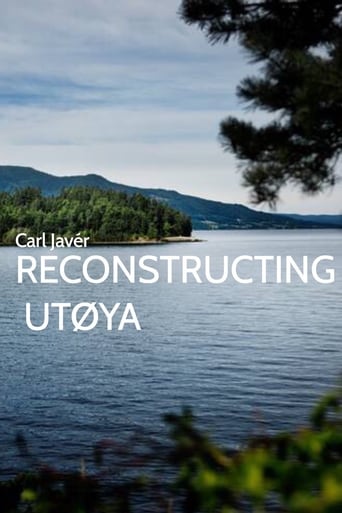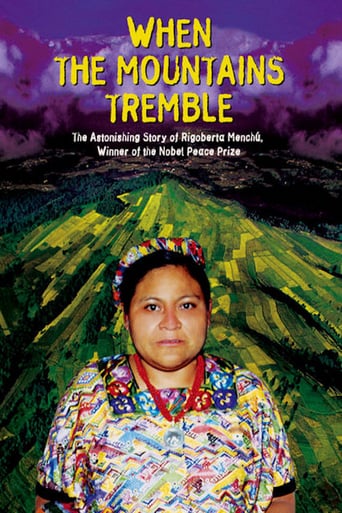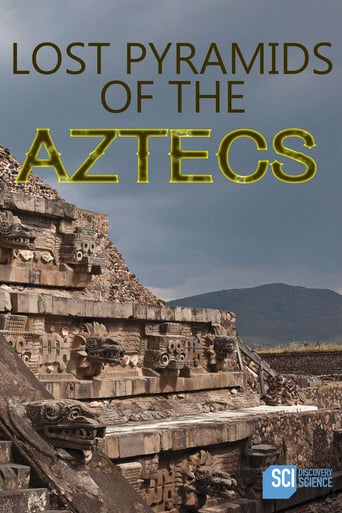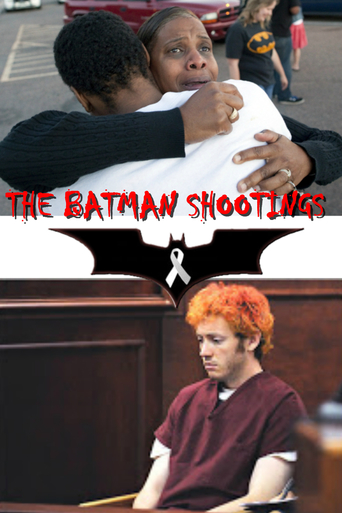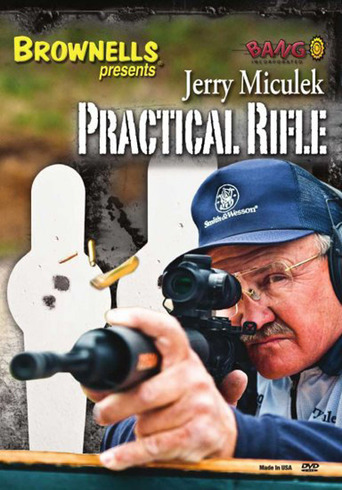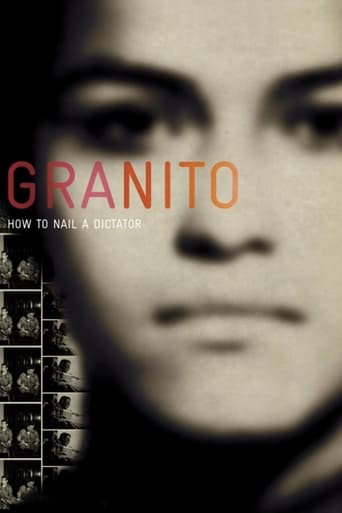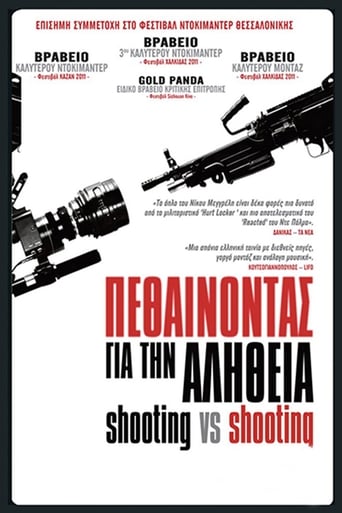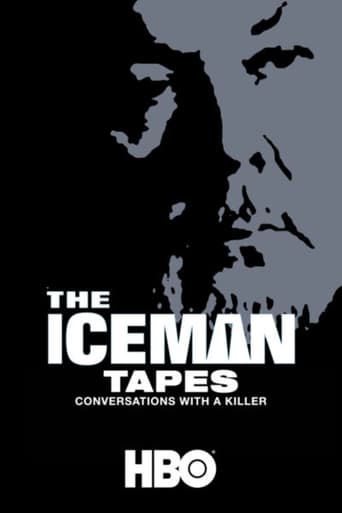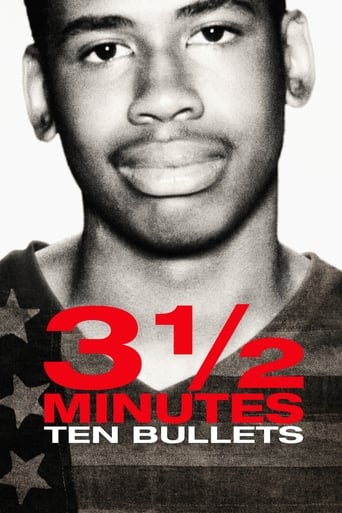My Best Fiend (1999)
A film that describes the love-hate relationship between Werner Herzog and Klaus Kinski, the deep trust between the director and the actor, and their independently and simultaneously hatched plans to murder one another.
Watch Trailer
Cast
Similar titles
Reviews
Excellent adaptation.
The film's masterful storytelling did its job. The message was clear. No need to overdo.
It is an exhilarating, distressing, funny and profound film, with one of the more memorable film scores in years,
Actress is magnificent and exudes a hypnotic screen presence in this affecting drama.
Like many others, am an admirer of Werner Herzog's work and his partnership with Klaus Kinski is quite iconic for good reason. Kinski was a great actor who deserved more recognition than he actually got, and his work with Herzog was when he was at his best.All five of their films together are worth watching or more. Was let down somewhat by 'Cobra Verde', but 'Aguirre Wrath of God' is a masterful crowning achievement in German (and foreign) cinema and 'Fitzcarraldo' (for me their best) is even more of a masterpiece. 'Nosferatu' and 'Woyzeck' are also great, near-classics. Just for the record, admired Herzog's work in all five films (it was the script and story that let down 'Cobra Verde') and Kinski's performances were great or more in all too.'My Best Fiend' is fascinating, as well as sometimes funny and affecting, and a must for anybody wanting to know more about Herzog and Kinski, more so on Kinski. Herzog comes across as a very knowledgeable and quite funny man, also very perceptive, if also somewhat mad (not quite as much as Kinski though). What is said about Kinski is incredibly illuminating, not only showing what a great actor he was but also that he was a complex individual, much more complex than he is often made out to be.Much is said about how notoriously difficult he was to work with, that he was pretty nuts and wasn't the nicest of guys, but actually there is also things said about him having a softer side (the most memorable being his 'Woyzeck' co-star Eva Mattes) that we don't hear much of. The other contributions are also interesting, such as from Mattes and Claudia Cardinale.It is also made with a lot of affection, and one really does see how great an actor Kinski was.Overall, fascinating and a must see, both for fans of this partnership and as a documentary in general. 10/10 Bethany Cox
I am a great fan of both Kinski {the leading man} and Herzog {the movie director} and know most of their joint collaborations well. I have always loved Kinski's alien appearance and this documentary is layered on so many levels, that even if the viewer is unaware of the movies that are illustrated, such as Aguirre, Nosferatu, Fitzcarraldo, Woyzeck and Cobra Verde, you are still, {if interested in the process of movie- making}, given insight into the intimate workings of a great artistic director, and the Herculean tasks Herzog embarked on in the Amazonian jungle, choosing as his leading man a character whom he had had a serendipitous childhood experience of.Herzog, because of the indigent nature of his family circumstances had found himself at 13 years old sharing lodgings in a bohemian boarding house with Klaus Kinski for a period of three months in 1955. In this time the eccentricities of this aspirant actor cum autodidact, made such an indelible impression on him, that 16 years later while casting around for a lead man for his Aguirre project, and looking for an actor who had a maniacal intensity, an adventurer's fearlessness and an out of this world conviction, recalled the lunatic, who would scream incessantly, break everything in sight and treat their joint landlady, {who had taken Kinski in as a patroness of the arts}, with the utmost contempt and with no regard at all for her charitable gestures. Kinski who was her freeloading guest would scream at her "you sow, don't you know how to iron a shirt", smashing down the kitchen door and then locking himself in the bathroom for two days smashing everything. All this and Klara, the landlady, refused to even contemplate his eviction.This, then became the inextricable bond that was to develop between one of the world's great movie-makers and one of the most intense leading actors ever seen on the screen. After the introductory contextual setting, Herzog discusses the making of all five films using movie clips, documentary footage shot while filming, interviews with leading ladies Claudia Cardinale and Eva Mattes, and various actors, assorted production people, shot after Kinski's ascent to Mars or Jupiter {wherever this Alien persona now resides, having passed from this earthly existence}.The documentary has an emotional content lacking in most documentary exercises stemming from the intimacy of the relationship between the two men and Herzog's grief and bereavement at the loss of his principal muse. It is both touching and affecting for the viewer whom, as the documentary builds and gains momentum, feels the sorrow of bereavement that Herzog so personally presents. What an amazing document for the archaeologists of the Future to ponder, wonder, and be amazed by. If you're interested in life and its wonders this portrait of a symbiotic dependency will be of immense stimulation to you.
Werner Herzog's 1999 documentary, Klaus Kinski: My Best Fiend, is yet another in the dazzling array of Herzog documentary, or documentary-like, films. This one follows his turbulent friendship and creative partnership with the legendary German actor Klaus Kinski. Herzog also serves as narrator, in German (with English subtitles, or dubbed into English). In the 1970s and 1980s the pair collaborated to make five indelibly memorable great films: Aguirre: The Wrath Of God (1972), Nosferatu: Phantom Of The Night (1979), Woyzek (1979), Fitzcarraldo (1982), and Cobra Verde (1988).In a sense, this film is pure hagiography, only in wink and a nod reverse, as Herzog proudly cements Kinski's reputation as the madman of 20th Century film; but in the hands of any other director that's all this film would be, schmaltzy hagiography. In the capable hands of Herzog, this film is a memorable experience in its own right . The film also has other unexpected moments of fun and pleasure, including bizarre outtakes from a supposed earlier version of Fitzcarraldo, starring Jason Robards as Fitzcarraldo, with a goofy Mick Jagger as his even odder sidekick. Whether or not this is true footage, or was merely done as a gag, is left to the viewer's imagination, but it's hard to imagine that Herzog would have ever wanted to make such a film.Kinski died in 1991, in Marin County, California, at the age of sixty-five, just three years after his last collaboration with Herzog on Cobra Verde, yet Herzog seems to never have gotten over it, for the better or the worse. The whole film, despite its mockery and offbeat tone, is a most loving tribute of one artist to another, even as Herzog claims, ''Every gray hair on my head I call Kinski.' Yet, the two men and artists seemed to bring out the best in each other, for Kinski's career long predated Herzog's, and included small roles in epics like Doctor Zhivago, but no one today recalls a single role of Kinski's outside the Herzog milieu. That, alone, sums up why this documentary is a must see for Herzog fans, and fans of cinema.
At the onset, I found this to be a terrifically annoying film since all the interviews for this film were dubbed into English BUT the film clips were never dubbed or subtitled! So, in some interesting looking scenes, I was simply left guessing what was happening. And, in the beginning, when Klaus Kinski is having a HUGE tantrum, you have no idea what he's saying or the context--you just see a man screaming and yelling for no apparent reason.Now as for the film, it is a posthumous biographical film by famed director Werner Hertzog about his frequent leading man, Klaus Kinski who had died in 1991. Now it's obvious from the start by watching clips of Kinski behind the scenes that he was a violent, angry and seriously disturbed individual--highly reminiscent of such insanely angry directors David O. Russell and Troy Duffy. However, while Hertzog calmly talks about how awful Kinski was, you get the idea that he's not exactly being objective and the film is more a chance for him to air his hatred of the man. It's interesting because both men hated and loved and needed each other. One wonders if perhaps the seething energy between them might have actually been the results of latent homosexual feelings! It really does make you wonder and is an interesting theory! Watch the film with this in mind, and much of it makes more sense.Herzog seems to also strongly imply throughout the film that he was the "normal one" and talks calmly again and again at how horrible Kinski was and how everyone sided with him and hated Kinski. Yet, they worked together again and again, so you are left wondering if both men are crazy--having an odd shared psychotic disorder (an actual DSM-IV psychiatric diagnosis, by the way). This is especially likely since Herzog COULD have worked without Kinski and because the "normal" Herzog was renowned for some of the most bizarre and over-the-top on location shots in film history. AGUIRRE, THE WRATH OF GOD and FITZCARRALDO are both legendary because of stories of the excesses and tensions on the set.As a result of this unintentional view of Herzog, I actually found the film to be far more interesting in my insights into him! Sure, Kinski was a volatile nut....but after a short time this becomes a bit boring because it's just too easy to cast stones at this idiot as he tantrums and bullies. But why Herzog went to all the trouble and expense to construct a documentary that talks about how awful Kinski was--THAT'S what's really interesting to me. A bizarre sado-masochistic relationship that Herzog seems the last to acknowledge. Interesting throughout--a great portrait of some sick people!
